Description
From Beautiful Feet Books:
Introduce the fascinating world of science to your child and spark their curiosity and desire to understand the world around us!
Engaging biographies are used to tell the life stories of famous scientists like Archimedes, Galileo, Leonardo da Vinci, Marie Curie, George Washington Carver, Einstein, and others, and are paired with hands-on experiments to prove the scientists’ theories and test their discoveries.
An enriching way to introduce biology, chemistry, and physics. Designed for grades 4-7, this one-year study will cover basic scientific principles and the history of scientific study beginning in ancient Greece and continuing through the 1990s.
•This study contains 85 lessons, dozens of experiments, lab reports, and much more
•Complete 2-3 lessons per week for a one-year study
Please note that our package does not include:
The Way Science Works
Your Story Hour: Heritage of Our Country CD

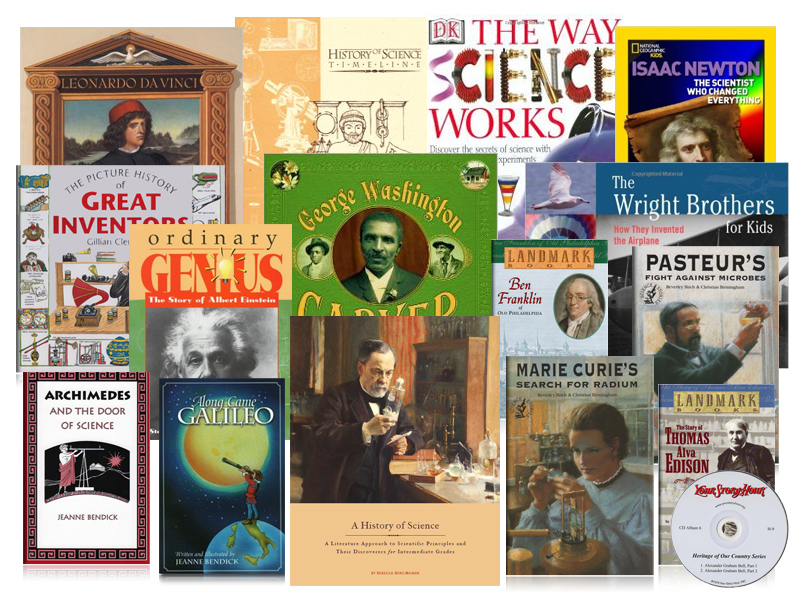


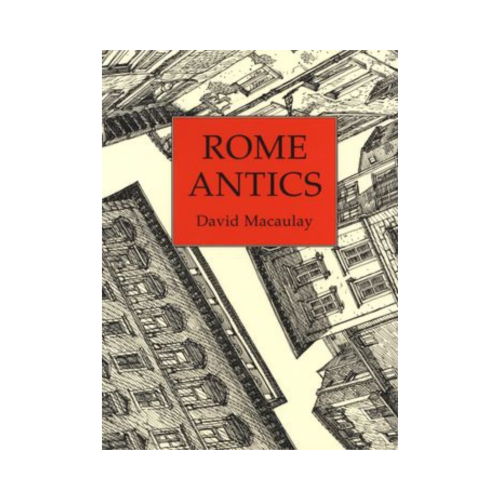
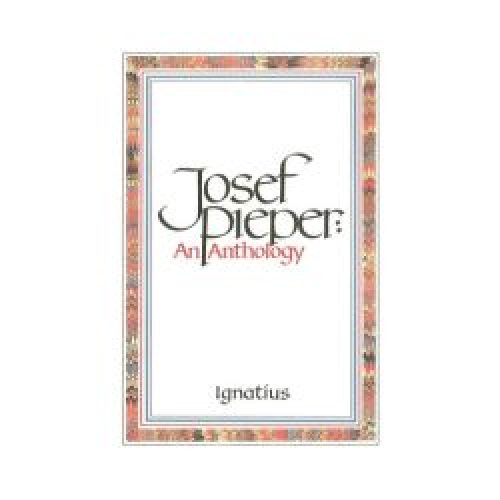


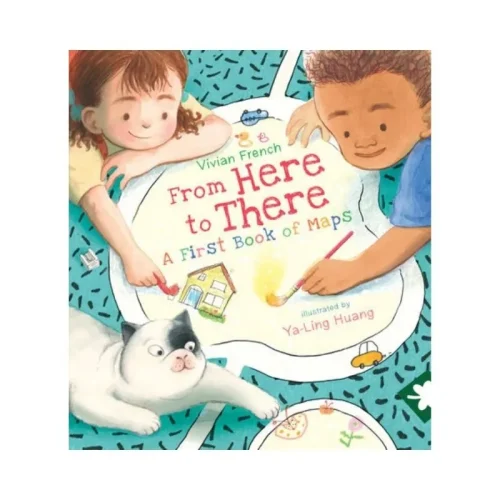
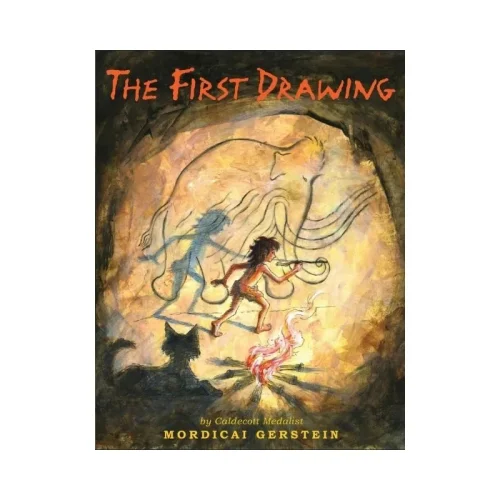


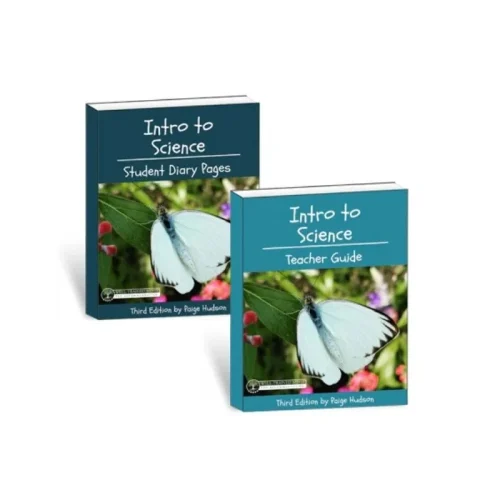
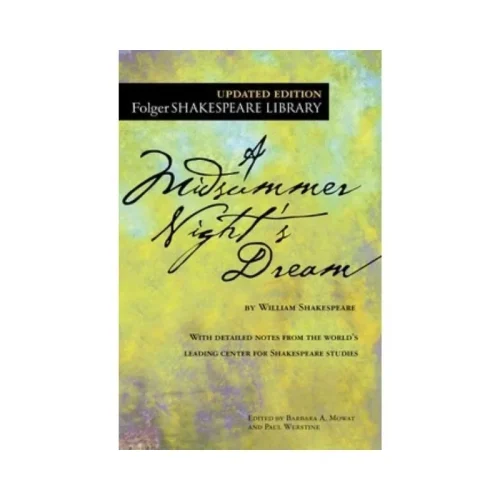
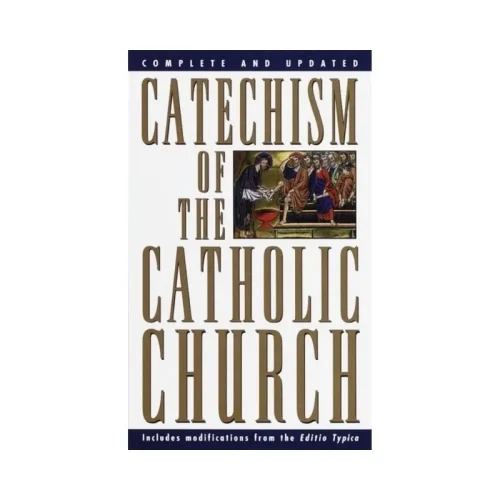
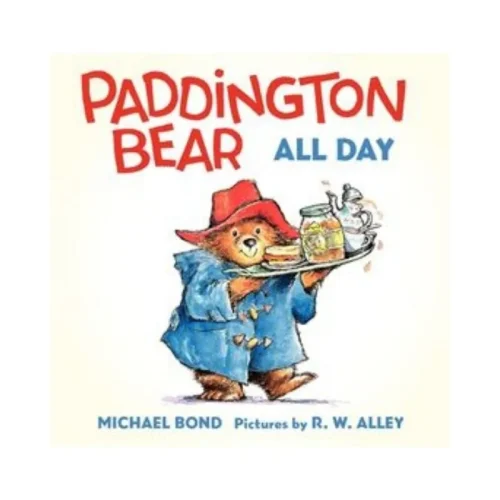
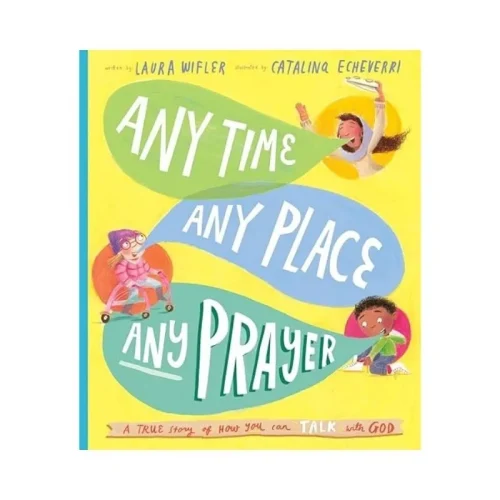

Katie (verified owner) –
We are only a few weeks into using this course, but I have a lot to say! I am using it with my daughters who are in grades 5 and 7, and are very capable, mature students. There is NO way that we could do 3 lessons a week which the author claims middle school students can do. The readings are very lengthy, and unless you are planning on doing science and only science all day long, one lesson will easily take an entire week. The author is very ambitious in what she thinks students can complete in a lesson. For example, lesson 8 alone includes 5 experiments. At our house, we can only manage one, maybe two experiments in a session, unless science is the only subject for the day. On the topic of experiments, make sure that you go through the entire book, as well as the companion book, “The Way Science Works,” and make your own list of needed supplies, as the author’s list of experiment supplies on page v is not complete. I made the mistake of only reading this page, and assuming that the other “household items” would be easy to grab on the fly. Well, at our house, items such as beakers, scales, etc. are not “general household items,” so we are finding that it takes us awhile to get set up for each lesson, or we have to skip experiments as we do not have the supplies on hand.
Another issue we have had is that it is a little disjointed. For example, the author begins with a book on Archimedes, yet on the companion timeline kit, the first person to colour is Pythagoras. Indeed, there is no mention of when to actually place Archimedes on the timeline, yet that is who the students are studying. There is also a very simplistic “scientific method lab report,” that is to be used for the experiments, yet there is no explanation whatsoever on how to use it. For most students at this age, this is their first introduction to using this format, and a little more instruction and guidance would have been nice. Lastly, when the author asks students to define terms, sometimes they are not worded the same way that they are found in the companion books (e.g. “hydrostatic mass” instead of “hydrostatics”) which can be confusing.
All in all, we are really enjoying the literature that goes with this study guide, but finding the study guide to be a little frustrating. We will probably need to rush through or skip some sections in order to get through it in the timeframe that we had hoped to complete it in.